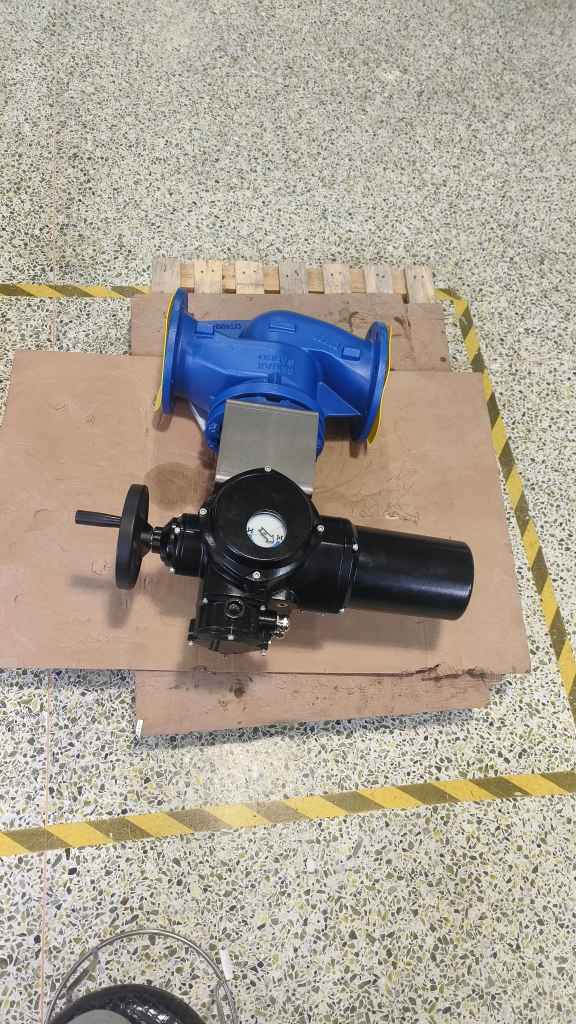In recent years, the push towards cleaner and more sustainable energy solutions has led to significant advancements in hydrogen energy technologies. As hydrogen holds great promise as a clean energy source, it is essential to ensure that hydrogen storage, transportation, and distribution systems operate safely and efficiently. One of the critical components in these systems is the hydrogen energy electric shut-off valve. This device plays a vital role in controlling and managing the flow of hydrogen gas, making it a crucial part of the infrastructure needed to unlock the potential of hydrogen as a mainstream energy source.

What is a Hydrogen Energy Electric Shut-Off Valve?

A hydrogen energy electric shut-off valve is a specialized valve used to control the flow of hydrogen gas in a system. These valves are electrically operated, allowing for precise control and automation of hydrogen flow in storage tanks, pipelines, and other components of hydrogen energy infrastructure. The primary purpose of the valve is to shut off or regulate the flow of hydrogen gas when necessary, such as in the event of a system malfunction, a safety emergency, or during regular maintenance procedures. Hydrogen gas, being highly flammable and requiring careful handling, necessitates stringent safety measures. The electric shut-off valve ensures that hydrogen is only allowed to flow under controlled conditions, preventing any unwanted release that could lead to dangerous situations.
